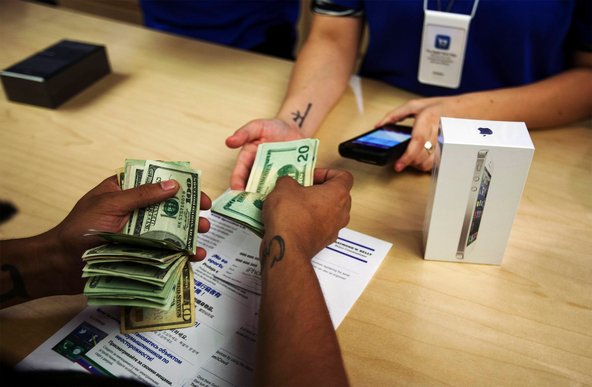Now that Congress seems ready to do that, she is no longer sure it matters. Even in losing, the e-commerce powerhouse is triumphant. It no longer needs the tax break to vanquish its foes — and could even make money by collecting the new taxes for other retailers.
“I’m surprised and glad this is happening,” said Ms. Demetropoulos, who owns three toy stores with her husband. “But Amazon won’t rest until it gobbles up everyone and everything.”
The Senate is poised to pass a bill to require all but the smallest online sellers to collect the tax. The House appears likely to follow suit. Although Amazon’s desire to avoid the tax played a fundamental role in its founding and growth, it is a supporter of the legislation.
As it builds new warehouses and extends its already considerable reach, Amazon is relying less on price than speedy delivery, free shipping and a selection that encompasses just about everything. Small retailers say Amazon was always a significant opponent, and is now a fearsome one.
“It’s beyond frustrating that Congress waited until Amazon became so dominant that having a massive tax advantage is no longer essential to its strategy,” said Stacy Mitchell, a senior researcher with the Institute for Local Self-Reliance. “The right time to fix this was a decade ago, when it could have saved many local businesses.”
Analysts who closely follow the fortunes of Amazon say collecting taxes is unlikely to drive away its customers. They say it may even help the Seattle company while simultaneously defusing a potent political issue.
In the few states where the company has already begun collecting, said Gene Munster, an analyst with Piper Jaffray, sales dip for about a year. “Then the customers come back for the convenience and selection,” he said.
Figuring out the tax in thousands of jurisdictions could be a logistical nightmare for merchants just above the legislation’s threshold of $1 million in annual revenue. That is another place where Amazon is expected to benefit; it could sell tax collection services to tens of thousands of third parties.
For some store owners, the digital world’s momentum can seem overpowering.
Ms. Demetropoulos tried to sell specialty toys online, but business dwindled as Amazon sought out her competitors and signed them up to sell through its Web site. The company courted her as well. “I’m like, ‘Are you kidding?’ ” she said.
Customers come into one of the branches of Island Treasure Toys, she said, scan a toy on their smartphone, and inform the sales clerk that Amazon sells it cheaper. Would the store be willing to make a deal?
The tax will not help this situation much, which is regularly played out in all kinds of stores across the country.
If retailers say no, Amazon often gets the business.
Amazon reported this week that its first-quarter revenue rose 22 percent, to $16.07 billion, an amazing increase for a retailer of its size. Wal-Mart, by contrast, is expecting no sales growth at all this quarter.
“This is the moment when Internet commerce was finally forced to stand on its own two feet,” said Michael Mazerov, a senior fellow at the Center on Budget and Policy Priorities who wrote the definitive report on Amazon’s long-held intransigence on the issue. “But it’s coming very late in the game.”
Under the current system, an Internet company has to collect taxes only in states where it has a physical location. For most companies, that means the state in which it has its headquarters.
When Jeff Bezos had the idea for Amazon in the mid-1990s, he explored setting up shop on a tax-free Indian reservation. Foiled in that goal, Mr. Bezos chose the State of Washington, which had an abundance of software programmers but a relatively small population. “It made no sense for us to be in California or New York,” he explained in an unguarded 1996 interview.
For years, Amazon rejected the notion that it should collect money in states where it had no employees. “It’s not fair,” Mr. Bezos told stockholders in 2008.
Consumers are supposed to add up their Internet purchases and pay the appropriate tax directly to their state revenue collectors. In practice, however, few do, and enforcement is minimal.
Nick Wingfield contributed reporting.
Article source: http://www.nytimes.com/2013/04/27/technology/internet-sales-tax-coming-too-late-for-some-stores.html?partner=rss&emc=rss
